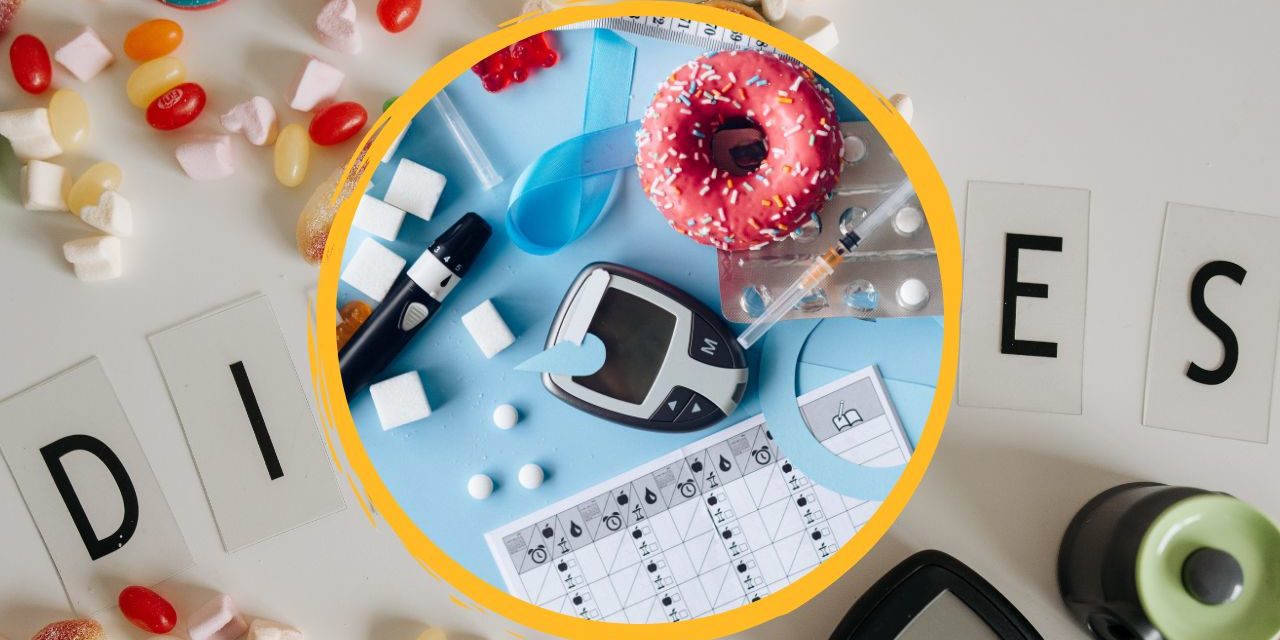Unraveling the Mystery:
“Unveiling the Symptoms of Type 2 Diabetes” refers to gaining an in-depth understanding of the symptoms associated with type 2 diabetes that may not be immediately apparent or easily recognized. Type 2 diabetes is a complex metabolic disorder characterized by: Increased blood sugar levels due to insulin resistance or insufficient insulin production. While some symptoms of type 2 diabetes are well known, there are others that may be hidden or misunderstood. Let’s take a look at these symptoms. Let’s review the details of:
1. Mild or absent symptoms in early stages:
Type 2 diabetes often develops gradually, and symptoms may be subtle or absent in the early stages. This can make it difficult to identify the condition before it develops. It is important to recognize this “silent” phase and be alert to potential risk factors such as family history, obesity, a sedentary lifestyle, or certain medical conditions.
2. Polydipsia and Polyuria:
Excessive thirst (polydipsia) and increased urination (polyuria) are classic symptoms of diabetes. However, these may be mistakenly attributed to other factors such as hot weather or high fluid intake. If you find yourself constantly thirsty and urinating more often than usual, it is important to consider the possibility of type 2 diabetes.
3. Fatigue and lack of energy:
Persistent fatigue and lack of energy are common symptoms of type 2 diabetes. The body’s inability to efficiently convert glucose into energy can lead to feelings of exhaustion, even with adequate rest. Fatigue often goes away as a result of a busy lifestyle or stress, but it can be a primary symptom of diabetes.
4. Unexplained changes in weight:
Type 2 diabetes can cause unexplained weight loss or weight gain. In some cases, not using glucose properly for energy can lead to weight loss despite increased appetite. On the other hand, insulin resistance can promote weight gain, especially around the abdomen. Fluctuations in weight that cannot be attributed to changes in diet or physical activity should be considered.
5. Increased appetite and cravings:
Although some people with type 2 diabetes may experience weight loss, others may experience constant hunger (polyphagia) and intense food cravings. The body’s inability to use glucose effectively can result in persistent feelings of hunger, which can lead to overeating or cravings for sugary or high-carbohydrate foods.
6. Slow wound healing and frequent infections:
Elevated blood sugar levels can impair the body’s ability to heal wounds and fight infection. People with type 2 diabetes may notice that a cut, bruise, or injury takes longer than usual to heal. They may also suffer from recurrent infections, especially of the skin, gums or urinary tract.
7. Fading:
High blood sugar can cause changes in the lens of the eye, causing blurred vision. This symptom can develop gradually and fluctuate throughout the day. Blurred vision is often caused by other causes, such as eye strain, but can be a sign of underlying diabetes.
8. Numbness or Tingling in Limbs:
Diabetic neuropathy, a condition caused by nerve damage, is a common complication of uncontrolled type 2 diabetes. This can result in numbness, tingling, or pins-and-needles sensations in the hands, feet, legs, or other parts of the body. These symptoms may begin mildly and worsen over time.
It’s important to note that symptoms can vary among individuals, and not everyone will experience all of these symptoms. Additionally, some people may have mild or atypical symptoms that can complicate the diagnosis. If you suspect you may have type 2 diabetes or have persistently experienced one of these symptoms, it is important to consult a healthcare professional for accurate diagnosis and management.










